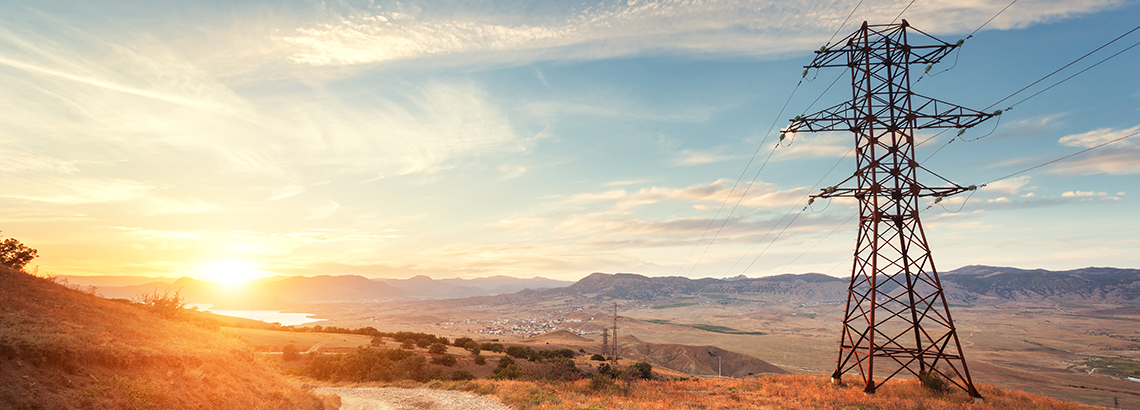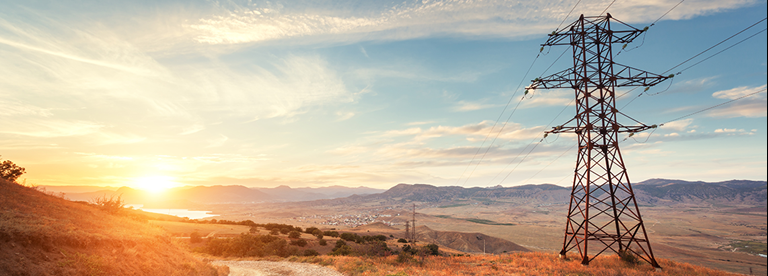We can't seem to find the page you're looking for.
Error code: 404
Here are some helpful links instead:
Mandatory climate-related financial disclosures (ASRS readiness assessment tool)





Error code: 404
Here are some helpful links instead:
Mandatory climate-related financial disclosures (ASRS readiness assessment tool)




